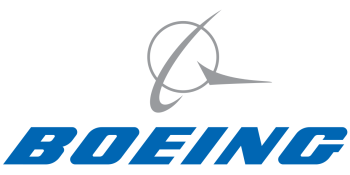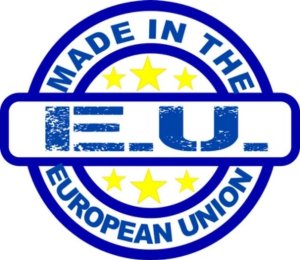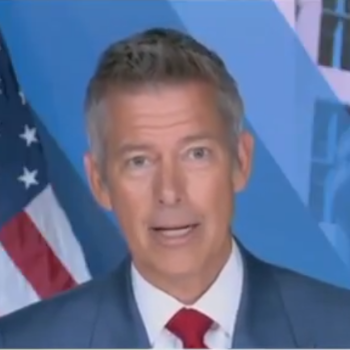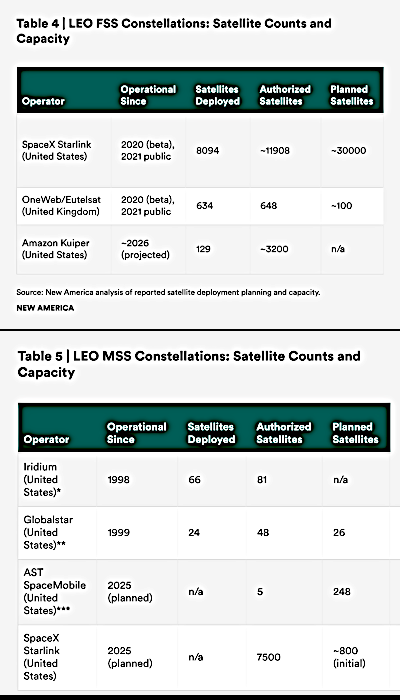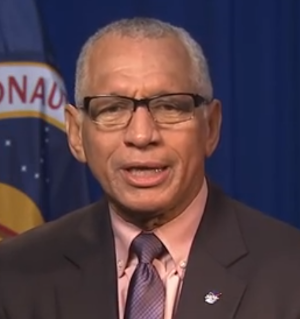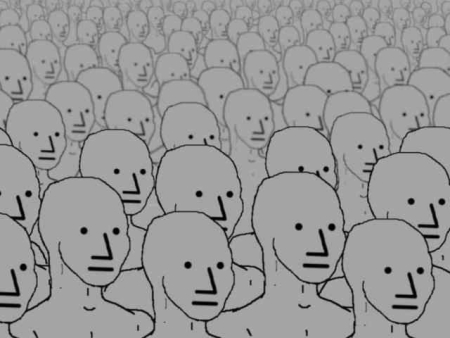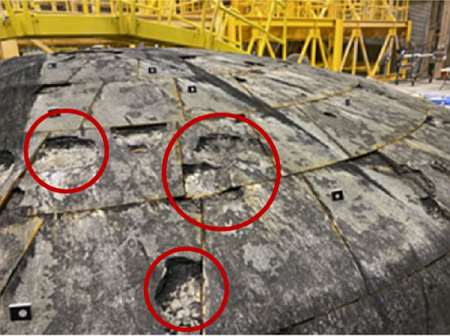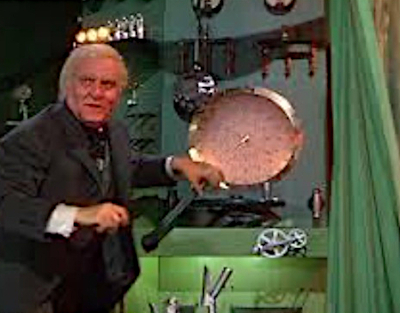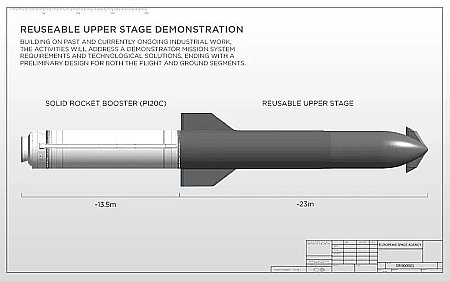Canada commits a half billion to European Space Agency projects
During a conference yesterday, Canada’s industry minister Mélanie Joly announced that her government has increased its budget for European Space Agency (ESA) projects to a total of $528 million over the next three to five years.
This funding increases is quite significant, approximately ten times greater than Canada’s previous budget commitments to ESA projects.
Few details were provided on how the money would be spent.
Joly said the investment would advance research and development of Canadian-made space technologies for both civilian and defence purposes. These include satellite communications, Earth observation, space exploration, positioning, navigation and timing, and space situational awareness, she said.
While most of the western world is shifting to the capitalism model, where the government buys what it needs from products owned by the private sector, it appears the present leftwing Canadian government under Mark Carney is moving instead in the direction of the Soviet model, whereby the government builds and owns the projects itself. This ESA commitment falls into that latter category, at least on the surface. Much however will depend on how ESA and Canada eventually decide to spend the cash.
During a conference yesterday, Canada’s industry minister Mélanie Joly announced that her government has increased its budget for European Space Agency (ESA) projects to a total of $528 million over the next three to five years.
This funding increases is quite significant, approximately ten times greater than Canada’s previous budget commitments to ESA projects.
Few details were provided on how the money would be spent.
Joly said the investment would advance research and development of Canadian-made space technologies for both civilian and defence purposes. These include satellite communications, Earth observation, space exploration, positioning, navigation and timing, and space situational awareness, she said.
While most of the western world is shifting to the capitalism model, where the government buys what it needs from products owned by the private sector, it appears the present leftwing Canadian government under Mark Carney is moving instead in the direction of the Soviet model, whereby the government builds and owns the projects itself. This ESA commitment falls into that latter category, at least on the surface. Much however will depend on how ESA and Canada eventually decide to spend the cash.



